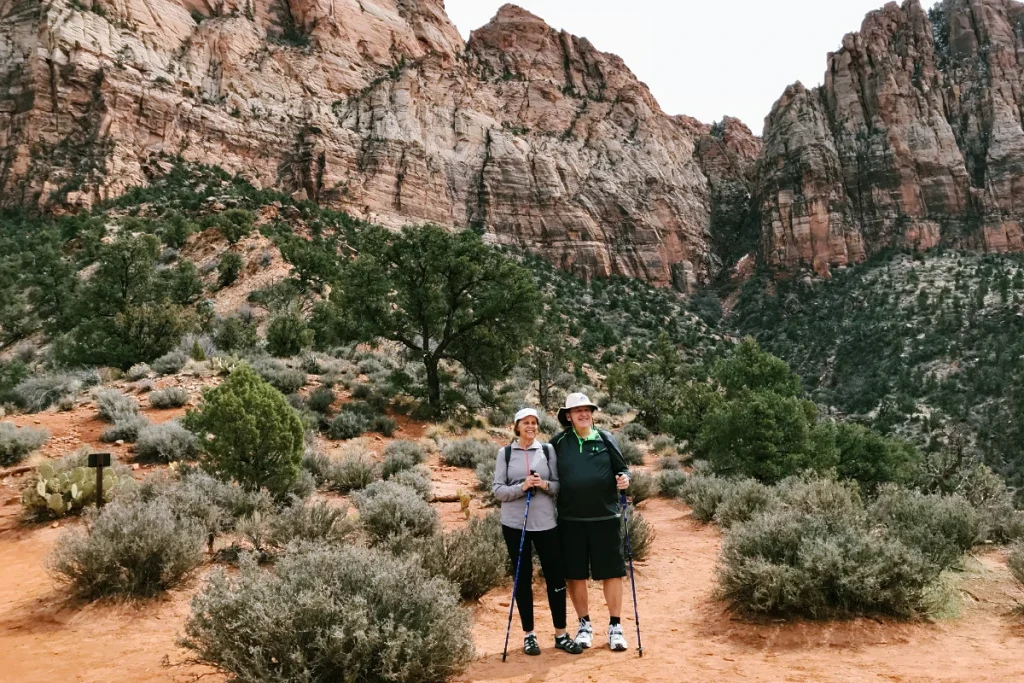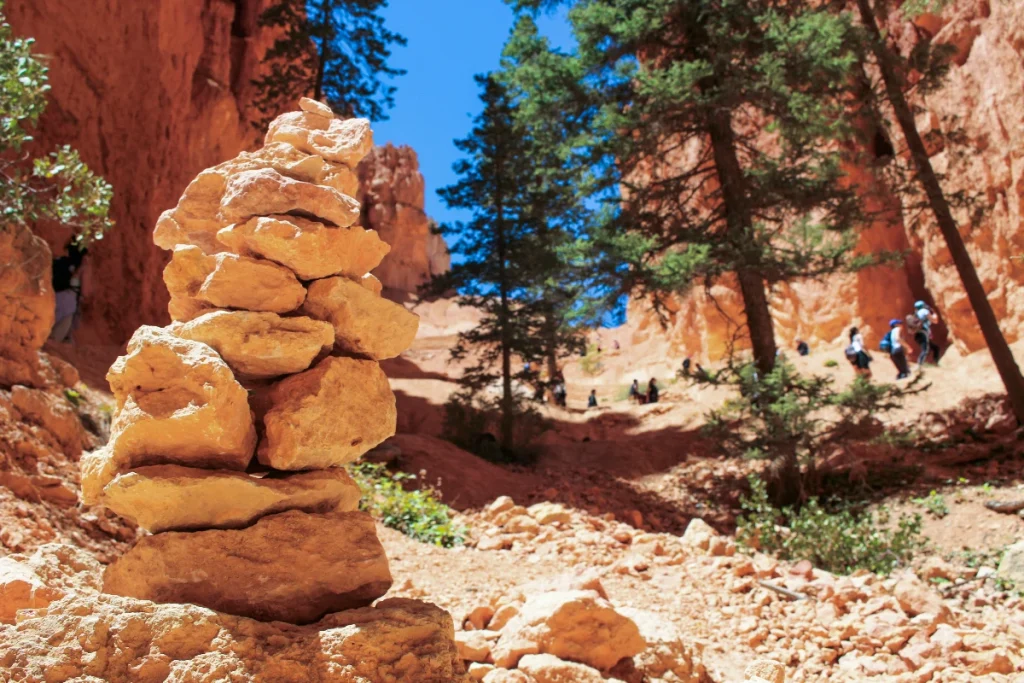How to Start Hiking: A Beginner’s Trail Guide
Ever laced up a pair of trail shoes, packed snacks, and hit the woods… only to feel totally unprepared 20 minutes in?
That’s the rookie moment most new hikers face. And it’s avoidable – if you know what matters.
This guide isn’t just another gear checklist or fluff-filled “top tips” list. It’s a real-world breakdown of how to hike without hating your life halfway through.
Whether you’re hiking solo, with friends, or wrangling kids on a weekend trail, this is what you actually need to know.

1. Don’t Let the Trail Pick You
One of the easiest mistakes to make? Clicking on a trail with pretty photos and thinking, “That looks doable.”
Instead, ask three key questions before choosing:
- How long is the trail, round trip? (3 miles can feel like 10 with steep terrain)
- What’s the elevation gain? (more than 500 ft = leg day)
- What’s the surface like? (dirt path? Rocky climbs? Mud?)
Use apps like AllTrails (iOS | Android) or Hiking Project (iOS | Android) to read recent reviews. Look for phrases like “great for beginners” or “flat and shady.” Avoid anything described as “scramble,” “technical,” or “killer incline” on your first outing.
If it’s your very first hike, aim for something under 3 miles round-trip with minimal elevation. Flat and shady is your friend.
2. Bring Less Than You Think — But Bring the Right Stuff
You don’t need a $200 backpack or ultralight gear to go hiking.
Here’s what actually matters:
- Shoes with grip (trail runners or light hikers are fine — just not slick-bottom sneakers)
- Water (at least 1–2 liters depending on the heat and distance)
- Layers (especially if weather might shift)
- Sun protection (hat, sunglasses, sunscreen)
- Snacks (nuts, dried fruit, jerky, or bars — not a sandwich that’ll melt)
- Map or app with offline access (cell signals fail; prepare accordingly)
If you want a simple rule: if you’re not willing to carry it the whole hike, don’t pack it.
3. Know When to Turn Around (Seriously)
The difference between a beginner-friendly hike and a miserable one often comes down to ego.
Your goal isn’t to “conquer the trail.” It’s to enjoy the experience, get used to your gear, and learn what your body likes.
Start early in the day. Set a turnaround time. If it’s 11am and you’re tired or it looks like rain, turn back. Trails will be there next weekend. No shame.

4. Trail Etiquette Isn’t Optional
Here’s how to be someone others want to share a trail with:
- Say hello when passing hikers. It’s not just friendly — it’s also a subtle safety check.
- Yield to uphill hikers and step aside without trampling vegetation.
- Keep pets leashed and under control. Not everyone likes your off-leash golden retriever.
- Leave no trace — meaning trash, food bits, and especially used toilet paper go home with you.
Bonus: bring a bag and pick up other people’s trash. Karma.
5. Getting Lost Happens Fast (Even on Marked Trails)
Trail signs aren’t always obvious. Especially in leaf-covered or snowy seasons.
Tips to avoid wandering off-course:
- Screenshot or download the trail map before you lose signal.
- Look back often so you know what the trail looks like going the other way.
- Follow blazes or markers, not just your gut.
If you do get turned around, don’t panic. Pause, breathe, and retrace your last certain steps. Most beginner trails loop or out-and-back — stay calm and take your time.
6. Hiking With Kids? Lower the Bar. Double the Snacks.
If you’re hiking with children, your day isn’t about mileage — it’s about moments.
Here’s what helps:
- Pick short trails with a payoff (creek, waterfall, big log to climb).
- Bring way more snacks and water than you think they’ll need.
- Stop often — let them explore, throw rocks, ask questions.
- Turn it into a scavenger hunt: “Find something red,” “Spot three kinds of leaves,” etc.
Their attention span might only last a mile — and that’s okay.
7. Be Prepared, Not Paranoid
You don’t need to pack for the apocalypse, but basic safety goes a long way:
- Tell someone where you’re going and when you’ll be back.
- Check the forecast — and if there’s thunder in the mix, reschedule.
- Watch your step in rocky or root-heavy areas.
- Bring a whistle — three short blasts = distress call.
- Carry basic first aid (blister pad, antiseptic, bandages)
You won’t need most of it. Until you do.
8. After Your Hike: Recover Like an Athlete
You might feel great on the trail, but the soreness kicks in later.
What helps:
- Hydrate immediately — even if you don’t feel thirsty.
- Eat something salty and carby to replenish.
- Stretch before and after to avoid the dreaded couch cramp.
- Rest up and don’t schedule another big hike the next day (yet).
Want to Keep Going? Here’s What’s Next
Once you’ve done your first hike, you’re not “a beginner” anymore. You’ve got data: What shoes worked? Did your backpack rub? Were your socks too thin?
Keep a hiking journal — even if it’s just a note on your phone. It’ll help you plan smarter and hike better.
From here, explore:
- Beginner hikes with elevation
- Local hiking groups or classes
- Intro to backpacking (when you’re ready)
And above all — don’t let one rough hike stop you. It gets easier. And better.
